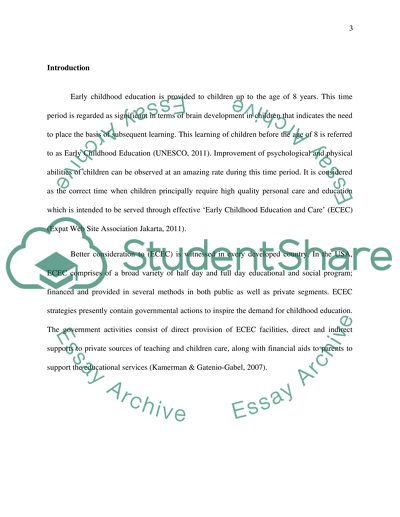Cite this document
(“There Are Pending Changes being Considered for No Child Left Behind: Research Paper”, n.d.)
There Are Pending Changes being Considered for No Child Left Behind: Research Paper. Retrieved from https://studentshare.org/education/1433984-there-are-pending-changes-being-considered-for-no
There Are Pending Changes being Considered for No Child Left Behind: Research Paper. Retrieved from https://studentshare.org/education/1433984-there-are-pending-changes-being-considered-for-no
(There Are Pending Changes Being Considered for No Child Left Behind: Research Paper)
There Are Pending Changes Being Considered for No Child Left Behind: Research Paper. https://studentshare.org/education/1433984-there-are-pending-changes-being-considered-for-no.
There Are Pending Changes Being Considered for No Child Left Behind: Research Paper. https://studentshare.org/education/1433984-there-are-pending-changes-being-considered-for-no.
“There Are Pending Changes Being Considered for No Child Left Behind: Research Paper”, n.d. https://studentshare.org/education/1433984-there-are-pending-changes-being-considered-for-no.


